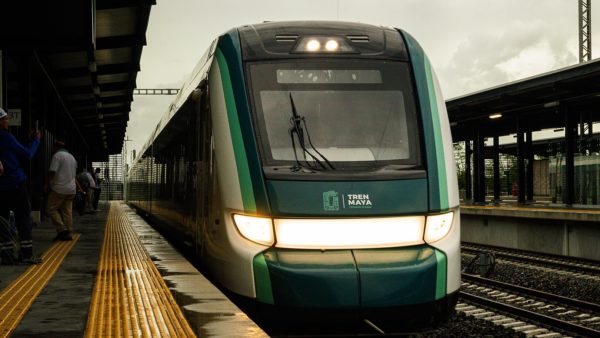London Underground (LU) has conducted a trial that uses technology to collect waste energy from tube train brakes.
The world-first trial has captured enough power to run a large Underground station and could create significant savings across the network.
A ‘inverter’ system was trialled over a five-week period at Cloudesley Road substation on the Victoria line.
After a week the technology recovered enough power to run a station as large as Holborn for over two days per week.
This state-of-the-art regenerative braking system has the potential to transform how we power stations across the TfL network, unlocking massive power savings and significantly reducing our energy bills– Chris Tong, LU’s Head of Power and Cooling
The results show that the new green technology could allow LU to tap into a previously inaccessible resource, reducing its overall carbon footprint and saving as much as £6m every year for reinvestment in improving transport.
The technology has the added benefit of lessening the amount of heat generated by trains braking in tunnels, which in turn would reduce the energy required to operate LU’s cooling systems. Â
One megawatt hour of energy can be captured per day, enough to power 104 homes per year.
Matthew Pencharz, London’s Deputy Mayor for Environment and Energy, said: “The results of this project are really exciting and show huge potential for harnessing some of the immense energy in our tube trains.
“The trial puts London at the cutting edge of this kind of technology and clearly demonstrates how energy from trains can be recovered to power tube stations, making the network more environmentally friendly and cost effective.
“This complements our wider work to make other forms of public transport cleaner and greener, including our buses, where we have introduced hybrid and zero-emission technology.”
Chris Tong, LU’s Head of Power and Cooling, said: “This state-of-the-art regenerative braking system has the potential to transform how we power stations across the TfL network, unlocking massive power savings and significantly reducing our energy bills.”
The ‘inverter’ trial aims to be a “stepping stone” to other projects hoping to maximise he efficiency of electricity use on LU rail networks.
Recently London architect NBBJ designed a huge moving walkway to replace the capital’s Circle Line.
Image: Victoria tube station (Sunil060902/Wikimedia Commons)
Comments
Comments are closed.











Fantastic news